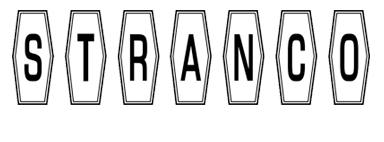Printed circuit board manufacturing has changed dramatically throughout the years due to advances in modern technology and market competitiveness. Manufacturers are increasingly required to create cost effective alternatives to current production strategies, along with continuing to create even higher quality products. While the industry as a whole is seeing immense growth, there are certain areas that present challenges.
Minor decline and predicted growth in PCB manufacturing sector
IPC Systems recently released the June 2016 findings from its monthly North American Printed Circuit Board Statistical Program. These results revealed that while PCB sales growth was up, orders were down, which lead to the reduction in the book-to-bill ratio of 0.98. Furthermore, the organization's June North American shipments were 9.7 percent above numbers from June 2015.
"Sales growth in the North American PCB industry was strong in June, while orders continued to decline," Sharon Starr, IPC's director of market research, explained. "The book-to-bill ratio has been trending downward since April and the divergence between June's sales and order growth pushed the ratio below parity … signaling the likelihood of slowing sales growth in the third quarter."
What do these figures mean for the PCB industry? They could be indicative of future growth in the PCB manufacturing sector. A recent "Global Flexible Printed Circuit Board Industry Market Research 2016" from Market Research Reports, for example, analyzed the PCB industry in two specific ways.

The first centers on production, while the other focuses on consumption. Researchers studied the "production, revenue, gross margin," along with the unit priced offered from 2011 to 2016 by main manufacturers in the industry. For product consumption, they analyzed the "consumption volume, consumption value, sale price, import and export" of products from various regions around the globe during the same time frame. The researchers also predicted changes in these two areas until 2021.
Most studies show that the PCB industry has grown significantly in the last few years, due to revolutionary new technologies and an increasing market demand. Composite World states that the U.S. market in particular saw an increase in demand from $35 billion in 2006 to $62 billion in 2013. Despite this growth, the vast majority of PCBs are now manufactured overseas. For PCB manufactures in the U.S., this presents a difficult new challenge to compete with a growing international marketplace.
"The PCB industry has grown significantly."
How can PCB manufacturers gain efficiency and reduce monetary waste?
As mentioned previously, expenditure is significantly important for PCB manufacturers.They are continuously seeking to improve their bottom line, especially in light of low-cost PCB manufacturing overseas. While there are strategies manufactures can employ to reduce production time, one way they can further reduce overhead is through thermal transfer labeling.
PCB manufacturing presents a harsh production environment, which is why manufactures need to invest in durable labeling solutions. Companies that do not apply thermal transfer labels to their PCB components risk these labels fading, or generally becoming unreadable. As a result, manufacturers can lose track of unlabeled products, misread their labels or suffer other problems due to poorly chosen labels. They also do not have to waste valuable revenue frequently purchasing new labels that fail during production.
At Stranco, our thermal transfer labels are ideal for the PCB manufacturing industry. We understand that manufacturers need high-quality products that can withstand high temperatures, harsh chemicals and moisture during the production process. Additionally, we know that PCB producers around the world are constantly seeking new ways to cut overhead costs. This is why we provide our customers with custom labels quickly and at a reasonable price. Contact us today to learn more!

